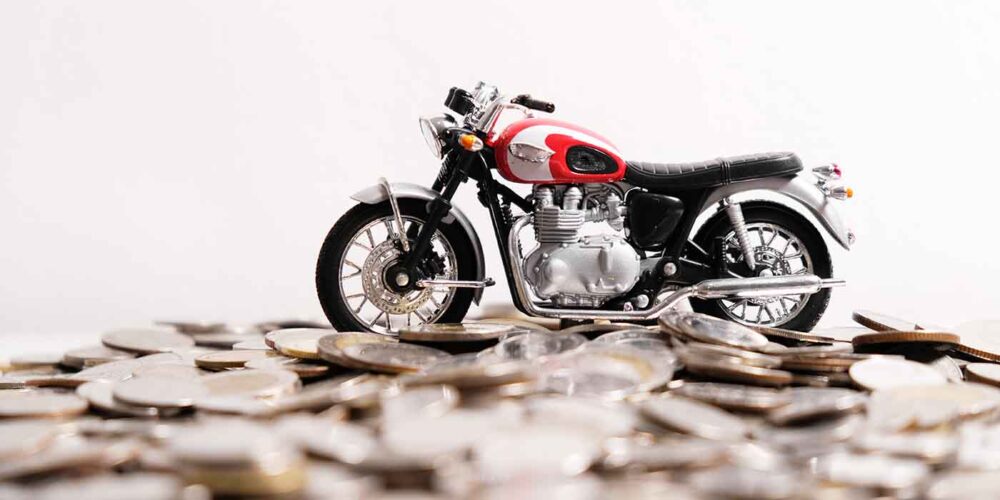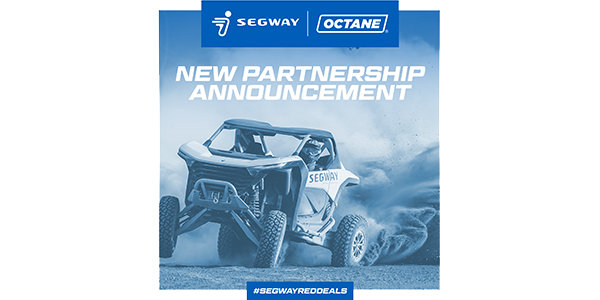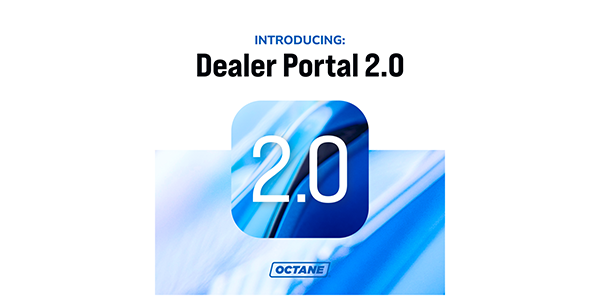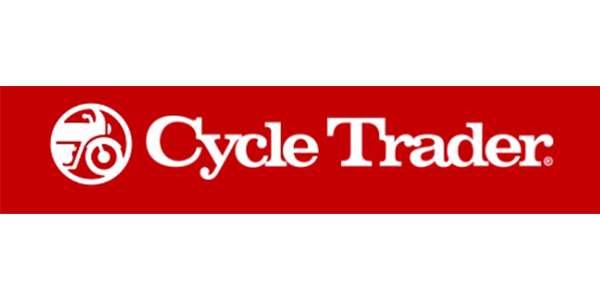The right finance and insurance (F&I) pay plan rewards F&I managers based on performance. It motivates managers, reinforces the dealer’s commitment to customer satisfaction, and ensures continuous improvement in F&I performance and profits. A bad pay plan can cause high turnover, confusion, anxiety and poor business performance, directly impacting the bottom line. In many cases, it can cause the dealer to overpay for subpar performance.
In modern powersports retail, the F&I manager holds the key to a diverse array of offerings, spanning from dealership financing to products like service contracts, GAP, tire and wheel protection, and other ancillary coverage solutions. Crafting a pay plan for an F&I manager necessitates a delicate balance, accounting not only for his or her proficiency in these product areas and the overall profit that manager generates but also for the satisfaction levels of customers throughout the F&I journey. A high-performing finance department directly impacts so much more than the front end of the dealership; it feeds the service department, parts department, pro shop, etc., and ultimately back to the sales department.
3 Attributes of Successful Pay Plans
There are as many F&I pay plans as there are dealers today, but the best pay plans have three things in common. First, the plan must be straightforward. A good pay plan should be easy to keep track of. High-performing finance managers typically utilize an electronic version of their pay plan to track their pay on a weekly and often daily basis.
Second, the more revenue the F&I manager generates for the dealer, the more money the F&I manager should make. Lastly, the compensation plan reinforces the dealer’s commitment to the manager selling products, which ultimately reflects customer service levels.
According to a recent Automotive News survey, 35% of F&I professionals work 60-plus hours a week, and 27% earn more than $250,000 per year. Though there are many differences between the automotive and powersports businesses, ensuring you have a strong F&I pay plan in place is necessary for dealers.
According to Spader Business Management, an NCM Associate Co., there are some important metrics that dealers should be aware of:
- Dealership groups only experience F&I success when the entire team is involved and there is a strong F&I plan in place.
- F&I payroll as a percentage of the gross profit generated in finance goes down for successful dealers. As they focus on F&I growth, they can generate enough additional dollars to offer industry leading pay.
- Strongest performing F&I groups run with a payroll rate of 13% of the gross. Mid performers can run 18-20%, and weaker ones can pay as much as 30%.
Structuring Your Pay Plan
Typically, there are three key components that go into a well-structured pay plan, and these include total profit per vehicle retailed (total F&I profit divided by units sold), products per sale and bonus products by order of priority to the dealer. Most product lineups include items such as vehicle service contracts (VSC), prepaid maintenance and road hazard. It’s important to have structure in the percentage of payout, but it’s even more important to bring consistency to the payout on every opportunity and every sale.
More than anything else, pay plans must be structured based on product penetration in addition to profitability. Too many powersports dealers currently base their pay plans around total dollars produced per individual transaction as opposed to the entire financial opportunity to include dealer participation in the products they can offer. This legacy philosophy hurts both the dealer and the F&I manager.
Oftentimes, the dealer is paying out too much in commissions. A notable example of this would be two finance managers who both generate $1,500 of F&I profit for the same type of unit. The first F&I manager made his $1,500 comprised of $800 in reserve and selling an ancillary product for $700 in profit. The second F&I manager made the same overall profit, but she made $400 in reserve, $650 in VSC profit and $450 in pre-paid maintenance profit. Which manager is more valuable to the dealership? A dealer who participates in the underwriting profit of the products sold potentially made several hundred dollars more profit in the second scenario. Shouldn’t we incentivize those two finance managers differently?
Furthermore, all units count. Dealers can’t fall into the trap of making exclusions for specific units. It’s a bad precedent to set for yourself, your business and your employees. It’s also important to note that cancellations can be a growing problem over time. Dealers should factor historic averages on a rolling 12 months into the pay plan, which aids in accuracy.
Many experts note that powersports is usually an enthusiast-driven business model. It is a more relaxed environment compared with the automotive industry, for example. The comparisons don’t end there. Automotive dealerships are also more structured as business entities, and they typically have more financial resources at their disposal when operating their businesses. The powersports dealer is typically wearing a lot more hats on a day-to-day basis, and it can be difficult to even find the time to build structure into the business and pay plan. But, in an era of razor-thin margins, it must be done.
Adding Fairness to the Pay Plan
Ideally, the pay plan should be structured so that the F&I manager makes more if he or she is producing more than he or she was averaging before. Conversely, that manager should make less if he or she is selling the same amount of F&I products and returning the same profit as before. Dealers should understand that under this model, while they might be paying out more in some cases, it is because the F&I manager is selling more. When making a change to this more structured pay plan, dealers should give 90 days to pay the greater of the existing pay plan versus the new pay plan.
No matter how big or small the dealership is, an F&I manager’s income should depend primarily on the amount of revenue he or she generates. The percentage of compensation should always increase or decrease according to performance, and today, that performance must include customer satisfaction with the F&I process. This increase or decrease can be based on the F&I manager’s penetration percentages, income per retail unit or strictly on total dollars generated in F&I income. Ideally, the best plans factor in all three.
The new pay plan should be re-evaluated every 12 to 18 months to ensure F&I profitability and that the F&I manager’s performance and payout are in alignment with business goals. Today’s superior performance may only look average two years from now. Customers’ acceptance of financial products has significantly increased over the last five years. This should also factor in when crafting bonus levels and shift over time.
In an industry where skilled F&I professionals are in high demand, an attractive, fair and equitable pay plan becomes a key tool for both retaining top talent and attracting new hires. A competitive compensation package not only acknowledges the value of experienced F&I managers but also serves as a magnet for professionals seeking growth opportunities in their careers. By offering a lucrative pay structure, powersports dealerships can build a team of high-performing F&I managers committed to the long-term success of the business.
In the competitive realm of powersports dealerships, the F&I manager is a linchpin for success. Crafting a well-thought-out and performance-driven pay plan is not just a matter of rewarding individual efforts but a strategic investment in the dealership’s overall prosperity. By aligning compensation with performance, motivating and retaining top talent, emphasizing compliance and adapting to industry changes, powersports dealers can maximize the impact of their F&I managers, ultimately driving sustainable growth and customer satisfaction.














